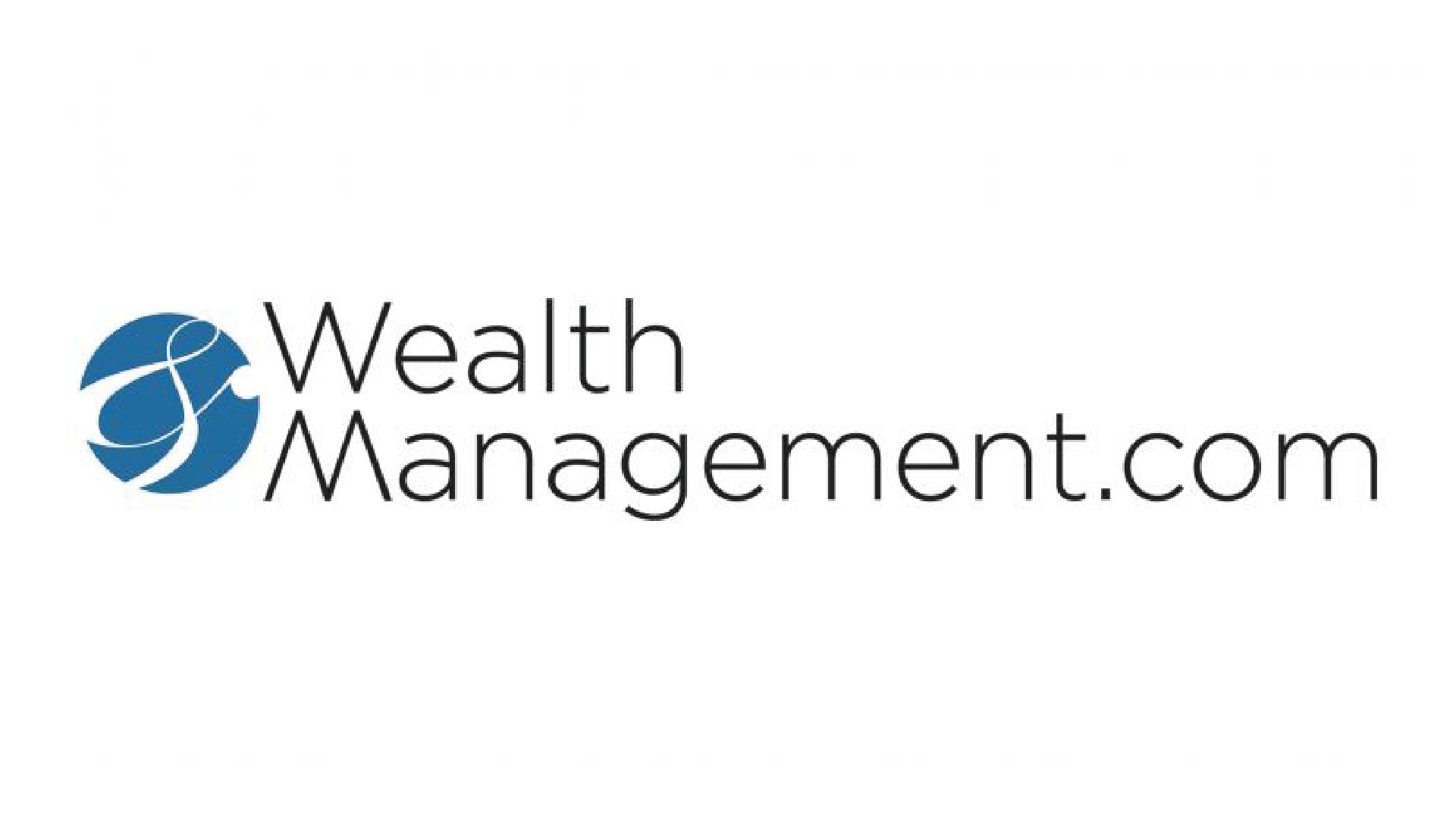Every business owner struggles with the profit vs. growth conundrum: When is it best to prioritize lean operations to maximize profits and cash flow, and when is it necessary to prioritize investing heavily in infrastructure to support future growth, even if it means sacrificing immediate profits? RIA owners seem to struggle with this concept more than others because many grew up in the wirehouse world as W2 employees. The traditional model of compensation for employee-advisors in wirehouse firms, structured around a payout grid, fosters a mindset where top-line revenue reigns supreme, with little regard for profitability. The more revenue and commissions you can produce for your employer, the more take-home compensation you will enjoy. When wirehouse advisors break away on their own and start RIAs, it’s unsurprising that they often carry forward this “revenue only” mentality.
These advisors get stuck in the short-sighted game of “more.” They operate under the assumption that having more advisors at the firm will lead to a larger client pool, resulting in increased revenue. They also believe that a larger workforce will enable them to serve more clients, thereby generating more revenue. Furthermore, they equate an increase in assets under management – regardless of the fees charged – with a boost in revenue. Then they wake up a decade later and realize they have a miniscule profit margin and lack the necessary funds to reinvest in crucial aspects of their business, such as technology, marketing and employee benefits. At this point, many RIA owners are shocked to discover their business is shrinking, rather than growing. Despite their relentless efforts to boost revenue, they find themselves struggling.
A singular focus on growth has led them to overlook the importance of profitability. They need to understand that their job as a business owner is to determine when to prioritize one over the other; after all, a business can’t save and invest simultaneously. The key is to avoid casually floating between these two extremes, but to be very conscious of which decision you have made and manage very deliberately toward that goal.
Profit Maximization
If you are focused on cost-cutting to boost profits, you will:
- Focus on efficiencies and finding the best way to stretch every penny;
- Pause any further investments in your infrastructure; and
- Institute a hiring freeze, hoping your existing staff can adequately serve clients and onboard more.
It’s healthy to occasionally take your foot off the growth pedal and focus on cash flow. As industry icons Warren Buffet, Ray Dalio and Jack Welch have all famously touted, “Cash is king.” Having cash on hand allows businesses to weather any financial storms and make strategic acquisitions when opportunities present themselves.
Growth Strategies
If, on the other hand, you decide to focus on growth and forsake profits, you will:
- Recruit new employees that can support the surge in new clients;
- Invest in technology infrastructure to better support the business and allow employees to service more and more clients; and
- Increase office space to accommodate all these new employees you are hiring.
Beyond just pursuing a “growth at all costs” strategy, prudent RIA owners must focus on healthy growth. In the early days of the business, the mantra is simply, “We need revenue, so let’s take on any client that is willing to hire us!” But as the business continues to evolve, it is imperative that the focus turns to, “Let’s bring on the right clients for our business!” Advisors must determine who they are best suited to serve and continue to grow with those specific clients, tailoring their service offering to meet the unique needs of that particular client base. This will require advisors to turn away clients that do not fit the client persona the firm is striving to work with. Additionally, owners should begin to ask, “Do we have the right employees in the right seats to serve our clients and support the business most efficiently?” Identifying qualified candidates who fit your firm’s needs will be much easier with a specific client and service offering in mind.
For many business owners, this balancing act can be exhausting. This is especially true for professionals leading RIAs who see themselves primarily as advisors rather than business owners. They tend to focus their energy on landing that next client rather than establishing efficient, scalable processes. While some may not prioritize profitability, it is crucial for them to understand its importance in building a lasting firm. By navigating the delicate balance between profit and growth, RIA owners can chart a sustainable path for their businesses and ensure long-term success.
This article originally appeared on Wealthmanagement.com

